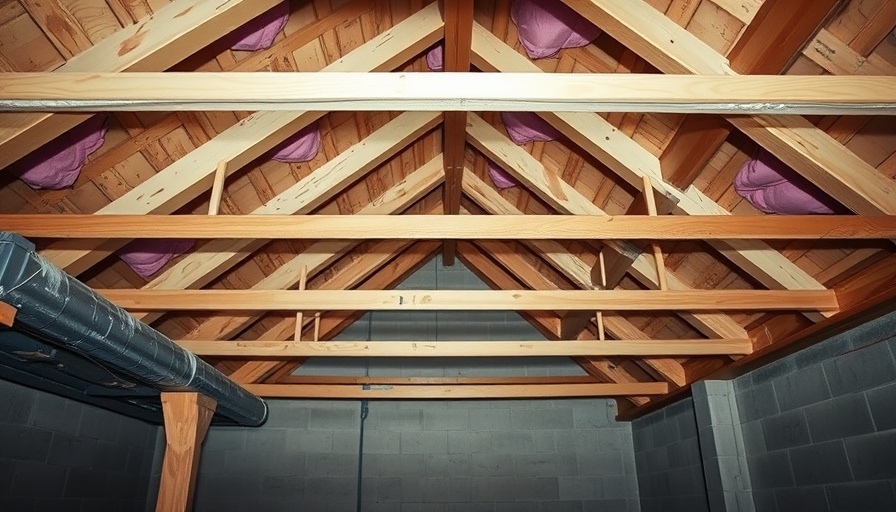
Insulating Between Basement Trusses: Why It’s Essential
As homeowners seek to maximize space and efficiency in their living environments, understanding the importance of insulating between recessed basement trusses becomes critical. These hollow areas can significantly contribute to energy loss if not properly insulated. This article examines why proper insulation is crucial for basement areas and how it can enhance both comfort and energy efficiency.
A Historical Perspective on Basement Insulation
Historically, basements were often neglected in terms of insulation, primarily viewed as utilitarian spaces for storage. However, as energy costs have risen and environmental concerns have taken center stage, the focus has shifted towards optimizing every part of the home, including basements. Today, insulation in these spaces is recognized not only for energy efficiency but also for improving indoor air quality and reducing moisture problems.
The Social Benefits of Proper Insulation
Ensuring proper insulation in basements can have societal benefits, particularly in energy conservation. Effective insulation reduces the demand for heating and cooling, which in turn lowers utility bills and decreases the household carbon footprint. This aligns with a broader movement towards sustainability, making insulated homes environmentally friendly.
Concrete Techniques for Insulating Basement Trusses
Whether you’re a DIY enthusiast or a seasoned contractor, understanding the different insulation methods for basement trusses is vital. Options include using fiberglass batts, spray foam, or rigid foam boards, each with its advantages. For example, spray foam can provide an air barrier, while rigid foam tends to offer better long-term moisture control. It’s important to evaluate the unique needs of your space to choose the most effective method.
Moving Towards Energy Efficiency: Future Trends
The growing trend towards energy-efficient homes suggests that insulation techniques will continue to evolve. Emerging technologies in insulation materials that offer higher R-values while using non-toxic or recycled materials indicate a push towards greener building practices. Homeowners may soon have access to options that are not only effective but also sustainable, paving the way for future developments in home design.
Common Misconceptions About Basement Insulation
Many homeowners believe that insulating a basement will trap moisture and lead to mold growth. However, when done correctly, insulation, combined with proper ventilation and moisture control, can help mitigate these issues rather than exacerbate them. Understanding these misconceptions is essential for making informed decisions about energy efficiency and home comfort.
Final Thoughts: Launching Your Baseline for Better Living
Now more than ever, homeowners have a unique opportunity to improve their living spaces through effective insulation techniques. By insulating between recessed basement trusses, not only are they enhancing their comfort but also contributing to a more sustainable future. For those ready to embark on this journey, consider researching the best insulation options available, whether it be through expert consultations or DIY implementations, to make your home a model of energy efficiency.
 Add Row
Add Row  Add
Add 






Write A Comment